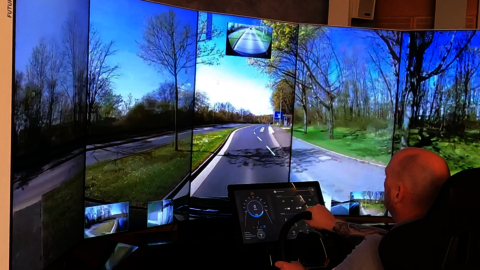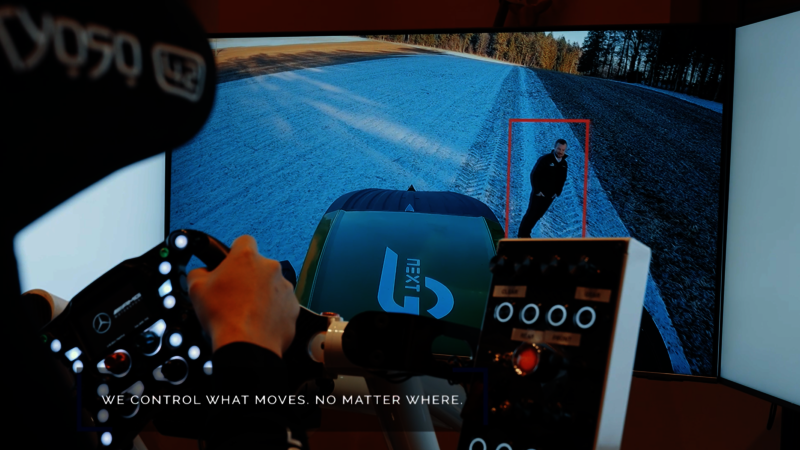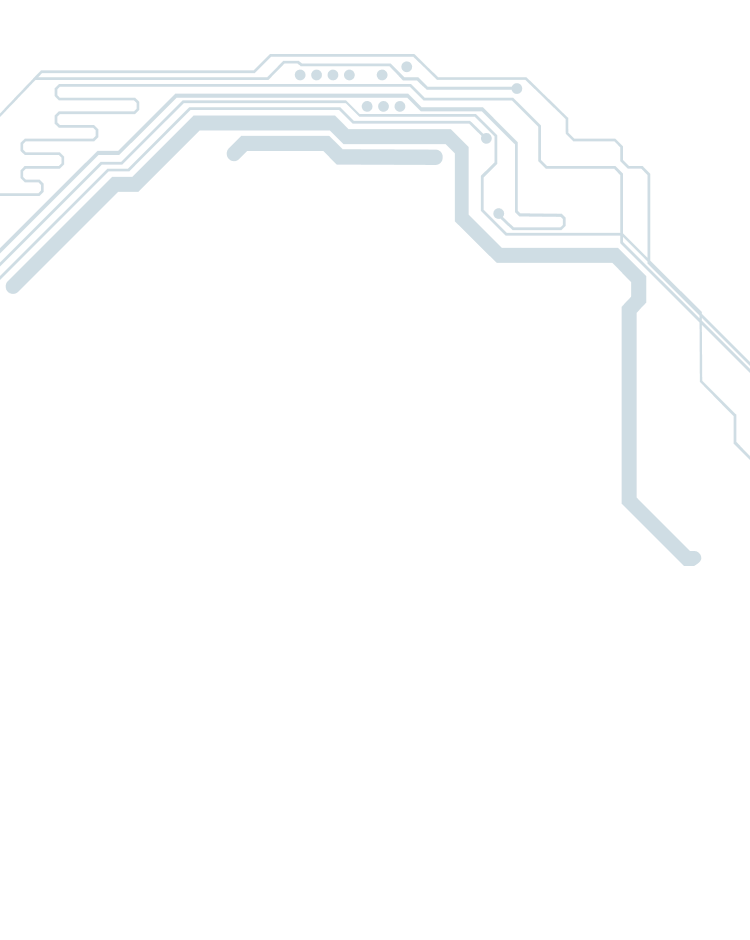

Teleoperated driving
Teleoperation complements autonomous systems by combining human decision-making flexibility with technological precision. Particularly in dynamic environments like construction sites, mines, or agricultural fields, it provides clear advantages. Operators can manage unpredictable situations and make precise decisions from a safe distance.
In safety-critical scenarios such as rescue missions or operations in hazardous areas, teleoperation allows vehicles to be deployed without putting humans at risk. Through reliable, nearly latency-free interfaces, operators maintain full control and can flexibly respond, even in complex deployments.
NX NextMotion – technology that connects, protects, and controls.


Teleoperated Driving – Precision Meets Flexibility
Technology for Complex Environments
Teleoperation bridges the gap between autonomous systems and human adaptability. In dynamic scenarios such as construction, mining, or agriculture, teleoperation provides nearly latency-free control, allowing operators to respond to changing conditions with precision.
Safety Through Human Intuition
For rescue missions or hazardous operations, teleoperation shines by enabling precise control while keeping operators safe. Redundant system architectures ensure reliability, allowing for critical decisions in real-time."*
Efficient Implementation and Cost Optimization
Compared to fully autonomous systems, teleoperated driving can be implemented faster and more cost-effectively. The technology leverages existing infrastructure, reduces development effort, and provides businesses with a flexible solution that is ready for deployment.
A Bridge to Autonomy
While legal and ethical questions surrounding fully autonomous systems are still being resolved, teleoperation offers a practical alternative. It combines human control with technological precision, addressing potential uncertainties in decision-making during critical moments.
NX NextMotion – Technology for the Challenges of Today and Tomorrow.



Our flexible modular system enables the implementation of any drive, steer or brake-by-wire requirements, right through to revolutionary system-on-chip (SoC) solutions.






